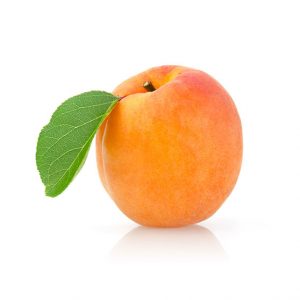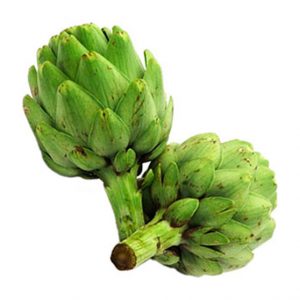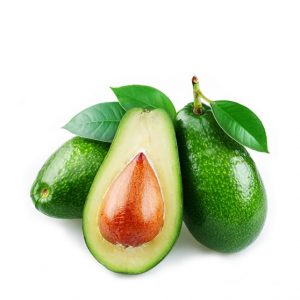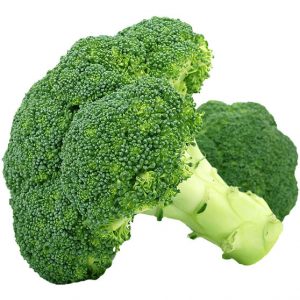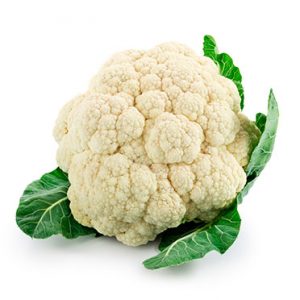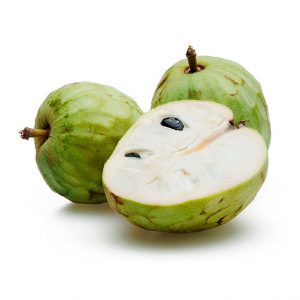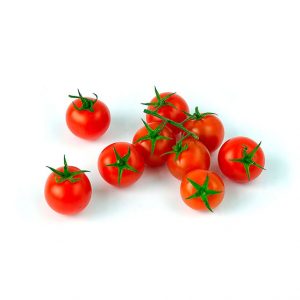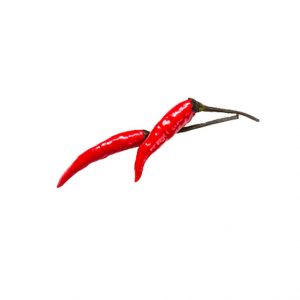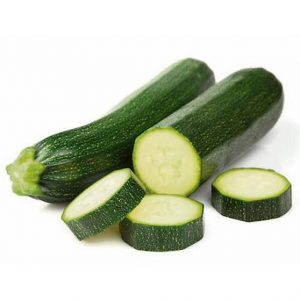Apricot
Fruit of 5 to 9 centimetres in diameter, with rounded shape and a groove that divides it in the middle lengthwise. The apricot varies in colour - usually orange - and size according to variety, but all have a velvety skin and a thick, juicy yellow flesh. The flavours, as well as their appearance, vary according to the type of apricot, so some have a sweet taste and some more sweet and sour.
Varieties: Bulida, Mauricio, Valencianos, Real Fino, Moniquí etc.
Seasonality: From April to October
Artichokes
The artichoke reaches from 1.4 to 2 meters in height. It comes back from the stalk every year, after winter, if the cold did not freeze it. It throws a rosette of whole leaves and deep segmented although less divided than those of the thistle and with few or no thorns.
Varieties: In Spain is obtained mainly the White of Tudela, Callosinas, Madrileñas, and the variety Monquelina although this last one is practically disappeared.
Seasonality: Between October and April is usually harvested.
Aubergine
It is a fruit in the form of berry of 5 to 30 cm in length, of spherical elongated shape, with a smooth and bright skin and colours that go from the purple to the white.
Varieties: Varieties of aubergine are classified according to the shape of the fruit. Thus they are the ones of long fruit (Long black, Long dwelling, Violet of Barbentane, Croisette), Round fruit (Violet of New York, Of Almagro) and Fruit Ovoideo (Jaspeada de Gandía, Mission Bell, Black beauty, etc.)
Seasonality: The aubergine harvest is limited to the months between October and April, and can be
extended from September to May.
Avocado
Shape: pear-shaped, it contains a single light colour round seed of 24 cm long that appears covered with a thin brown woody layer. Size and weight:. Although there are varieties that weigh 100 grams and others that can reach 2 kilograms, the most commercialized tend to measure 10 to 13 centimetres, weighing 150 to 350 grams. Colour: crust, thick and hard, with roughness, has a green colour that varies in intensity depending on the variety. Meat is creamy, oily, creamy or pale green to yellowish white, very similar to butter. Flavour: The flavour of the meat is a mix of the cream that you get of walnut and hazelnut usually made by hand, and it is a very delicate fruit. Fruits do not ripen on the tree, but they do so once they have been picked up, at which point they undergo intense respiratory activity (ethylene deactivated), so storage for long periods is a challenge. Respiratory activity is said to differ depending on variety and maturity, environmental conditions and storage methods.
Varieties: Exporter by Avocitrus: Bacon, Strong and Hass.
Seasonality: From October to February with luck.
Brocoli
It has numerous fleshy floral heads of green colour, arranged in the form of a tree, on branches that are born of a thick edible stem.
Varieties: The best known varieties of broccoli are Calabrese, the Romanesco, more similar to cauliflower and Verona.
Seasonality: The ideal months to consume it are between September and June.
Cauliflower
The part that is consumed is the flower or inflorescence, much appreciated for its flavour. Made up of a set of ivory white flowers, fleshy and very tender. It is covered by large green leaves, not edible.
Varieties: We can find several varieties of cauliflower based on their colour: green cauliflower, purple cauliflower and orange cauliflower containing different nutrients from the popular white cauliflower.
Seasonality: The best time for consumption is between the months of September to January, although they can also be found late to the months of May and June.
Cherimoya
It has a heart shape, oval or conical, being able to measure between 7.5 cm and 12.5 cm in length and weighing between 150 gr. and 1 kg. The skin of cherimoya is green, very fine and fragile, with scaly shapes. The pulp is fleshy, white and very sweet. It contains a multitude of black seeds inside.
Varieties: The most commercialized varieties are green, large or small, and gray, oxidized appearance. We can also find red or pink that are larger.
Seasonality: The ideal time to consume this fruit is between the months of October to December, being able to find it punctually also in the months of September and January.
Cherry Tomato
Round shape with a similar appearance to the cherries, has a diameter between 1 and 3cm, its weight oscillates between 10 and 15gr., They are usually of several colours although the most common is the intense red colour and its flavour is less acid and sweeter than the traditional tomato.
Varieties: Among the most commercial varieties of cherry tomatoes that can be presented: Yellow Cherry Tomato, Yellow Cherry Tomato on the vine, Cherry Tomato, Cherry Tomato Kumato, Cherry Mix Tomato, Plum Cherry Tomato Yellow, Plum Cherry Tomato, Tomato Cherry on the vine Kumato, Cherry on the vine Tomato Orange, Plum Cherry on the vine Tomato Red, Cherry Tomato on the vine, Cherry Tomato Tiger.
Seasonality: Modern techniques of cultivation and experimentation with mixture of varieties, have made it possible to have fresh tomatoes throughout the year, although it is from June to October that we find the best quality.
Chile Pepper
Fruit of small size, about 6 to 8 cm long and 2-3 cm wide. Its skin is very fine with colours that oscillate between red and yellow, passing through the orange. It is considered one of the hottest peppers in the world.
Varieties: We can find them in two ways: more rounded and finished in tip, or elongated and
wrinkled.
Seasonality: We can find it throughout the year in our markets.
Courgette
It is a vegetable of elongated form, firm and we can find it of several colours (intense green, very light green or yellow).
Varieties: We can classify courgettes depending on the shape of the plant. The most popular on the market are: Consul, dark green, somewhat curved; Elite, white-green, short shorts; Axarquia, with elongated fruits of very dark green colour; Cora, variety specially adapted to the heat, with bright green colour.
Seasonality: Although we can find them throughout the year in the market, the best time for consumption is from November to August.



